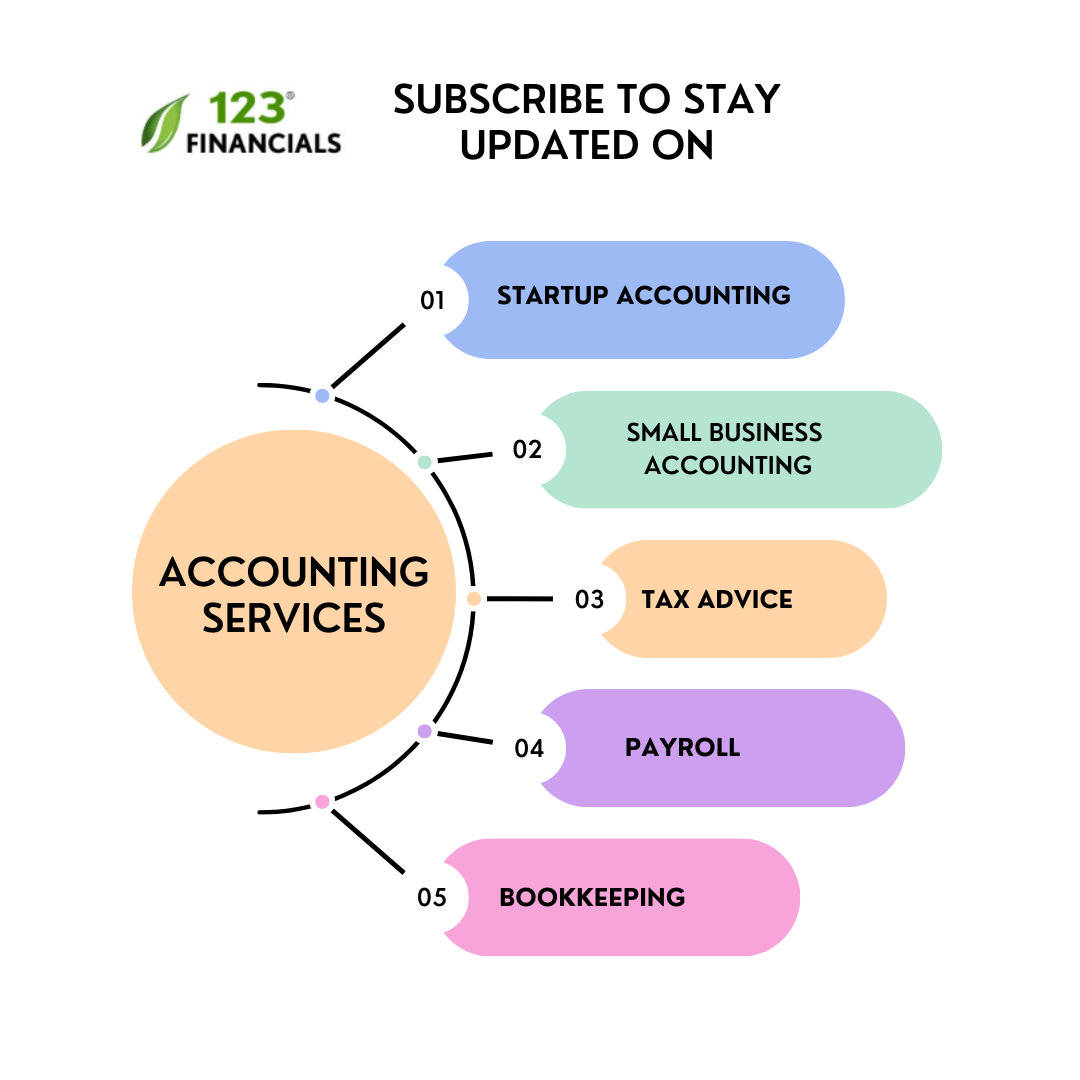The last few weeks of each year fly by, but before planning for the next year, it is crucial to set time aside to bring the current year to close.
Because closing your books is the essential end-year financial task for the business.
But it may not be smooth sailing, especially for new business owners.
To make this process easy and help you gain control of your business accounting, we have created a guide for you with 15 essential steps.
Step 1: Get unbilled projects and orders invoiced
When closing the books, it can be easy for an invoice or a credit note to go unnoticed among so many year-end tasks.
This can result in an under or overstatement of your sales and cause strain at the last minute.
Therefore, keep track of all of the small details and make sure all income and expenses are recorded and up-to-date.
Also, make sure that you have cleared your year-end invoices, and all sent invoices are sequentially remunerated. Almost all invoice production software does this automatically.
Check our guide : for picking your accounting software.
If you have any invoices unpaid from your customers, then send email invoice reminders to get those invoices paid as soon as possible without affecting your customer relationship.
If one of your clients can not pay you, then you can consider that unpaid invoice as bad debt after taking the advice of your accountant.
Step 2: Categorize and record all business expense
These last few weeks of the year are the best time to catch up the past year expenses you’ve missed to categorize or record.
Don’t forget to ensure that all past year expenses are entered and categorized correctly into your accounting software.
Recording your expenses properly throughout the year will also make it easy for your accountant to find all the tax-deductible your small business qualifies for.
Hire Small Business Accountant
Work with a London-based accountant for tax, accounting, payroll, & EIS/ SEIS needs.
Step 3: Separate business and personal expenses
Generally, small businesses should have a separate bank account for business expenses.
But the fact is that many smaller businesses do not consider following this. Often small business owners mix up making personal payment from a business bank account and vice versa.
If this is the case with you, then you should be ready for a great danger because if HMRC suspects that your small business expenses are actually personal expenses, then they can conduct an audit.
That means you must separate your business and personal expenses.
You can also use accounting software like QuickBooks Self-Employed, which can separate your expenses easily.
Step 4: Double-check for all your allowable expenses
With the tax season knocking on the door, you’ll need to ensure that you’re making use of all the allowable expenses to maximize your small business tax deductions.
Small business claims business expenses like a home office, business travelling, tools and equipment.
To make sure that you are claiming all the available expenses double-check all expenses and keep a record of all receipts as proof. For example, you can use HUBDOC, an OCR based receipts/ bills capturing and organizing tool. It comes free with Xero business plans.
You can also take advice from your accountant or tax expert to reduce tax efficiently without missing any deductible.
Step 4: Be sure to pay your contractors
Before closing your books, make sure if you need to pay any of your contractors.
If not, then you can go further, but in case you find you missed to pay any of your contractors then make sure to clear the payment in full before taking next step.
Under accrual-based accounting system, all bills are recorded when due, and all invoices are recorded when work is done.
Accrual based accounting system is an alternative to cash-based accounting system. Under cash-based accounting, as the name suggests, transactions are only recorded when money is paid or received.
Discuss with your accounting, which is the most appropriate method for recording and reporting your business transactions.
Step 8: Reconcile bank accounts
After recording all of your small business expenses and income also ensure to reconcile your small business’s bank and credit card accounts.
Match the total from your official bank statements with income and expenses recorded in your accounting software.
If they don’t match, then there must be any mistake or discrepancy somewhere which you’ll need to address. You can run bank reconciliation reports from your accounting software.
To run this process smoother, it is advisable to reconcile your accounts once a month.
Step 9: Ensure your fixed assets are up-to-date
In general terms, a fixed asset is a long-term asset with a life which lasts longer than a fiscal year.
For instance, if you purchased a new printer for your small business, then this would be considered fixed even though you paid for it as an expense. Because of the useful life of a printer is more than a year. Same is valid for a laptop or computers.
Before closing books, just make sure that all your fixed assets are updated or check if any new fixed asset you may have forgotten.
Your accountant will do the depreciation run at the end of the year. If you are using Xero, then you can use its fixed assets module to record all assets. It will run the depreciation automatically for you.
Also, remember to make use of the Annual investment allowance for significant items of plant and machinery.
Step 10: Make a decision on employee bonus
If you decide to offer an employee bonus, then you’ll need to set the proper withholding tax aside.
So, before closing your books, decide whether your business will be offering employee bonus or not.
Step 11: Check payroll taxes
Before the end of your financial year, make sure that your payroll tax liabilities as per your accounting software match your monthly real-time information (RTI) reports submitted to HMRC.
It is often a good practice to check the payroll liabilities with your HMRC’s PAYE portal. Differences often occur because of interest and fines for late payments.
If you find any discrepancy, then it is good to talk to your accountant before closing your books.
Step 11: Verify all employee’s information
Check information of all your past and current employees and contractors and ensure that the information you have on your file is correct.
It would be beneficial to remind your employees by mailing if there have been any changes.
Step 12: Count your business inventory
Do a final inventory count on the day of closing your books, usually called the financial year-end. Which is the same date, at which your business’s balance sheet is prepared.
If for any reason, you are not able to do the same day. Then your accountant may need to make some adjustments to factor in the impact of purchase made or well sold after the year-end date.
Step 13: Run reports
Before closing your books run a profit and loss, balance sheet, bank reconciliation, VAT reconciliation reports using your accounting software, analyze those reports to verify that the information is correct.
You may also need to run your Cash flow report and other key reports your accountant will want for taxes.
Step 14: Make a company file
This step is so much important.
Once you complete the above steps, make a company file of the year’s data.
Your accountant will also need your company file in case to file taxes or to make any required adjustments at the end of the financial year.
You can use your company file feature to create and save the date but in case if your software doesn’t have this feature then export those data into a separate file and save them securely.
Step 15: Close your Books
After passing through all the steps carefully, you can close your books now!
You can deal with this process so easy with the help of accounting software.
When you set a lock date or close your books, you would not be able to update or add the transactions which occurred before lock date.
Only accountants and admin can access previous data to double-check it and make any required adjustments using the password set up by the owner of the business.
Hire Small Business Accountant
Work with a London-based accountant for tax, accounting, payroll, & EIS/ SEIS needs.
Final thought
Make sure not to miss any of the above steps to finish this daunting end of the year task easily.
A professional onboard will make this task simple and straightforward for you. So, hire an accountant to make the process easier yourself. Once you’ve closed your books, start preparing for the tax season.


















